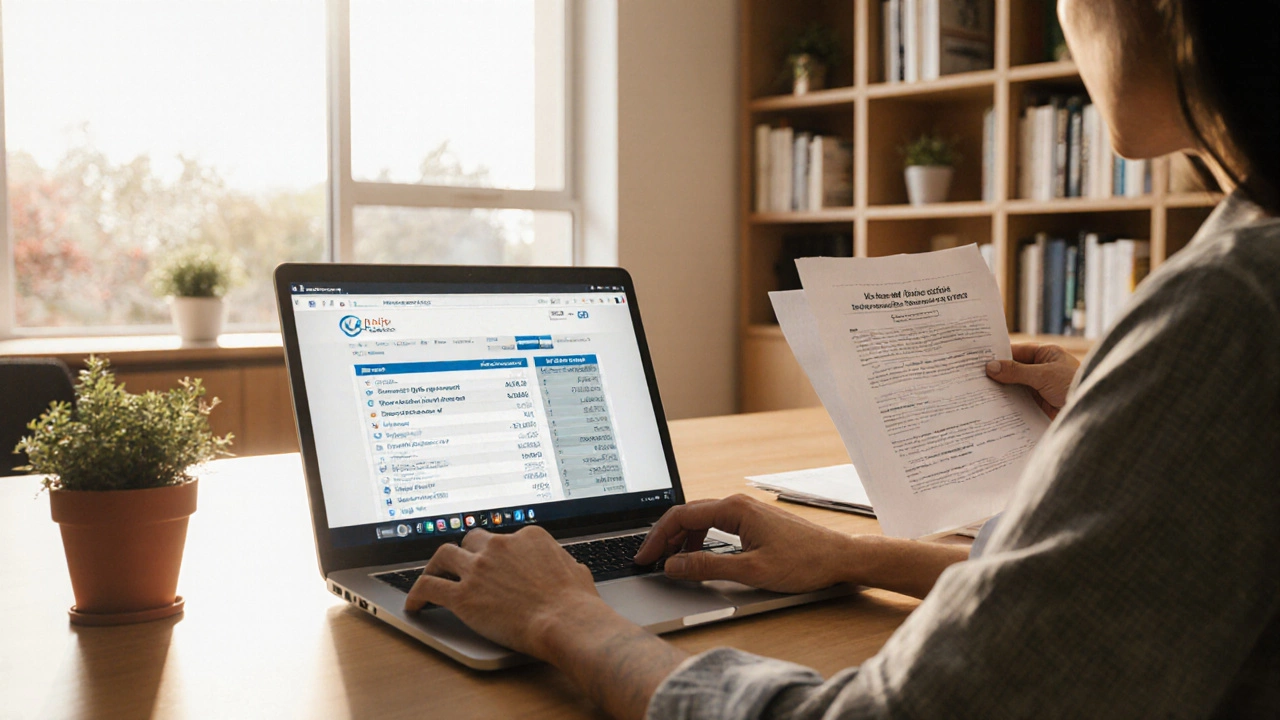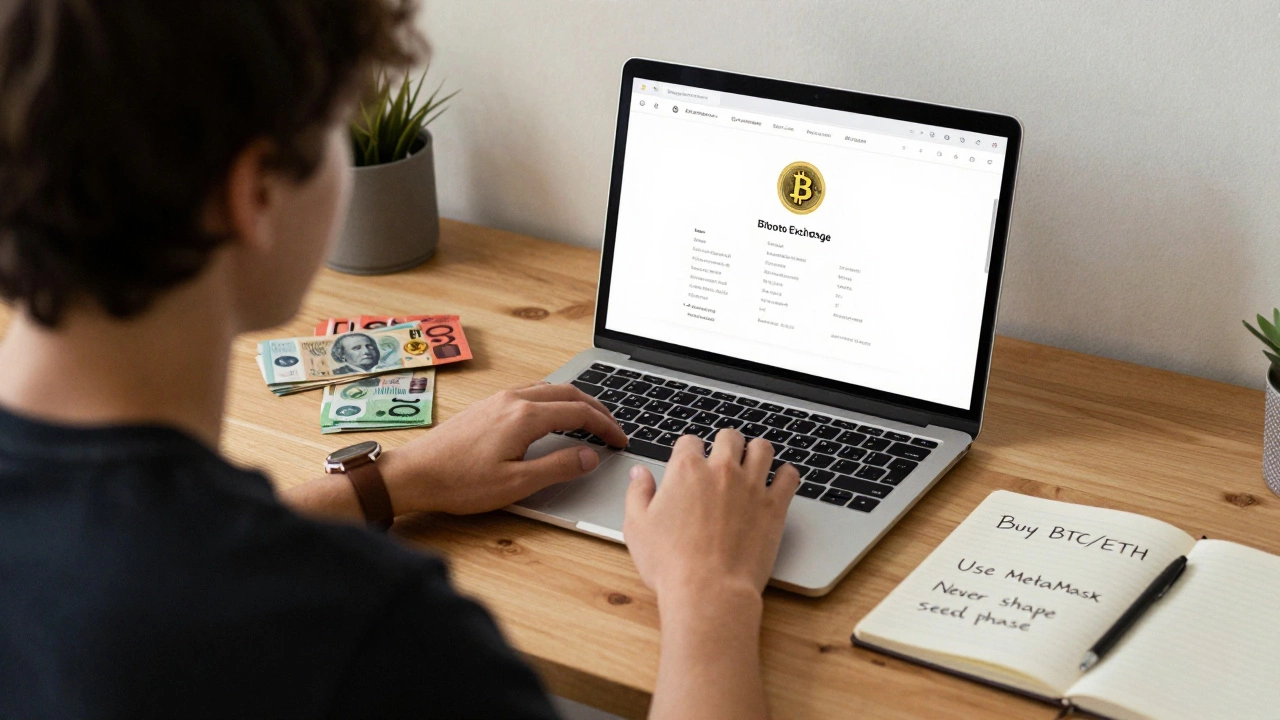Home Equity Calculator
Home Equity Calculator
Calculate your equity and potential borrowing capacity based on your home's value and current mortgage.
How It Works
In Australia, most lenders allow you to borrow up to 80% of your home's value without Lenders Mortgage Insurance. Your equity is calculated as:
For example: If your home is worth $900,000 and you owe $300,000 on your mortgage, your equity is $600,000. You could potentially borrow up to $420,000 (80% of $900,000 = $720,000 - $300,000 = $420,000).
Most homeowners think the only way to access the equity in their home is to refinance their mortgage. That’s not true. You don’t need to replace your entire loan to get cash out. There are real, working options that let you tap into your home’s value without touching your current mortgage terms. And in Australia, where property values have climbed sharply over the last five years, this matters more than ever.
What Is Home Equity, Anyway?
Home equity is the part of your house you actually own. If your home is worth $800,000 and you still owe $400,000 on your mortgage, your equity is $400,000. That’s not just a number on a statement-it’s money you can use. But unlike a bank account, you can’t just withdraw it. You need a way to convert that equity into cash without starting over with a new loan.
Refinancing is the most common path because it’s straightforward: you get a new mortgage for more than you owe, take the difference in cash, and pay off the old loan. But refinancing means new application fees, valuation costs, credit checks, and potentially a higher interest rate. If your current mortgage has a great rate, locking in a new one might cost you more in the long run.
Option 1: Home Equity Loan (Second Mortgage)
A home equity loan is exactly what it sounds like-a second loan secured against your home. You keep your original mortgage, and the lender gives you a lump sum based on your available equity. Think of it like borrowing against your house’s value while leaving your main loan untouched.
These loans usually have fixed interest rates and fixed monthly payments over 5 to 15 years. Rates are often higher than your primary mortgage, but still lower than credit cards or personal loans. In Australia, lenders like Commonwealth Bank, NAB, and ANZ offer them under names like "Equity Access Loan" or "Home Equity Line".
For example: If you’ve paid down your $500,000 mortgage to $300,000 and your home is now worth $900,000, you’ve got $600,000 in equity. Most lenders will let you borrow up to 80% of your home’s value total. So you could take out a $120,000 home equity loan (bringing your total debt to $420,000, which is 47% of $900,000) without triggering LMI.
Option 2: HELOC - Home Equity Line of Credit
A HELOC works like a credit card backed by your home. Instead of a lump sum, you get access to a credit limit based on your equity. You only pay interest on what you use. This is great if you need cash for unpredictable expenses-like home renovations that happen in stages, or medical bills that pop up.
HELOCs in Australia typically have a 10-year draw period, during which you can withdraw funds. After that, you enter a repayment phase. Interest rates are variable, often tied to the cash rate. Some lenders require minimum draws, so make sure you understand the terms before signing up.
One big advantage: you can pay it back and reuse the credit. If you borrow $50,000 for a kitchen renovation and pay it off in 18 months, you can borrow that same $50,000 again for a new roof later.
Option 3: Reverse Mortgage (For Seniors)
If you’re 60 or older, a reverse mortgage lets you access equity without making monthly repayments. The lender pays you-either as a lump sum, regular income, or line of credit-and the debt grows over time. The loan is repaid when you sell the home, move into aged care, or pass away.
It’s not a loan you "repay" like a traditional mortgage. Instead, interest compounds, and your debt increases. That means your equity shrinks over time. In Australia, reverse mortgages are regulated by the National Credit Code and must be approved by an independent financial advisor.
It’s not for everyone. If you plan to leave your home to your kids, a reverse mortgage can reduce what’s left. But for retirees on a fixed income who need extra cash for medical bills, home repairs, or travel, it’s a lifeline.
Option 4: Equity Release Through Family or Private Lenders
Some homeowners use private arrangements-like borrowing from family members or using a private lender-to access equity without going through a bank. These deals are informal but can work if structured properly.
For example: Your adult child might lend you $100,000 secured by a caveat on your property. You agree to repay it over 10 years at 3% interest. No bank fees. No credit check. But this comes with risks: family tension, unclear terms, or legal issues if not documented properly.
Always get legal advice and put everything in writing. Even if it’s with family, treat it like a business deal. A solicitor can draft a simple mortgage agreement that protects both sides.
What You Can’t Do
Some people think they can just ask their bank for a cash advance on their existing mortgage. That’s not possible. Banks don’t offer cash withdrawals from your mortgage balance unless you’re refinancing or using a dedicated equity product.
Also, don’t fall for scams promising "no credit check, no paperwork, instant cash from your home." These are predatory. Legitimate equity release products require valuation, income checks, and documentation-even if you’re not refinancing.
Pros and Cons Compared
| Option | Best For | Interest Rate | Repayment Structure | Upfront Costs | Impact on Home Equity |
|---|---|---|---|---|---|
| Home Equity Loan | Large, one-time expense (e.g., renovation, debt consolidation) | Fixed, 6%-9% | Fixed monthly payments | $1,000-$3,000 | Reduces equity immediately |
| HELOC | Ongoing or unpredictable costs (medical, education) | Variable, 7%-11% | Pay only what you use; minimum repayments | $1,500-$4,000 | Reduces equity as you draw |
| Reverse Mortgage | Retirees needing income without selling | Variable, 8%-12% | No monthly payments; debt grows | $2,000-$5,000 | Drains equity over time |
| Private Loan | Trust-based arrangements with family | Negotiated (often lower) | Custom terms | $0-$1,000 (legal fees) | Reduces equity if secured |

When to Choose Each Option
If you need $50,000 for a kitchen rebuild and want predictable payments, go with a home equity loan. It’s simple, stable, and you know exactly what you’ll pay each month.
If you’re not sure how much you’ll need over the next two years-maybe you’re planning a home office, a new car, and some travel-a HELOC gives you flexibility. You can draw $10,000 now, $5,000 later, and leave the rest untouched.
If you’re 65+, own your home outright, and need $2,000 a month to cover bills, a reverse mortgage might be your only realistic option. Just understand that your kids won’t inherit the full value.
If you have a family member willing to help and you want to avoid bank fees, a private loan with legal documentation can be the cheapest route.
What to Watch Out For
Don’t use equity to fund lifestyle spending. That’s how people get trapped. If you’re using your home to pay for vacations, new clothes, or dining out, you’re trading long-term security for short-term pleasure.
Also, watch your loan-to-value ratio (LVR). Most lenders cap total borrowing at 80% of your home’s value. If you go over, you’ll pay Lenders Mortgage Insurance (LMI)-which can add thousands to your costs.
And remember: if you can’t make the payments, your home is on the line. Equity products are secured loans. They’re not like credit cards where you can walk away.
How to Get Started
Step 1: Check your current loan balance and your home’s estimated value. Use RP Data or CoreLogic to get a ballpark figure.
Step 2: Calculate your equity. Home value minus what you owe.
Step 3: Decide what you need the money for. Is it a one-time cost? Ongoing? Or income support?
Step 4: Talk to your current lender. Many offer equity products without requiring you to switch banks.
Step 5: Get quotes from at least two other lenders. Compare rates, fees, and flexibility.
Step 6: Talk to a mortgage broker or financial planner. They can help you weigh the long-term impact on your retirement or estate planning.
Final Thought
Your home isn’t just a place to live-it’s your biggest financial asset. Accessing its equity doesn’t have to mean starting over with a new mortgage. Whether you need $20,000 or $200,000, there’s a way to tap into it without refinancing. The key is knowing your options, understanding the trade-offs, and choosing the one that fits your life-not just your bank account.
Can I pull equity out of my home if I still have a mortgage?
Yes. You can access equity even if you still owe money on your home. Most lenders allow you to borrow up to 80% of your home’s value, including your existing mortgage. So if you owe $300,000 on a $900,000 home, you can still take out a second loan for up to $420,000 (bringing total debt to $720,000).
Do I need good credit to get a home equity loan?
Yes. While requirements are less strict than for a new mortgage, you still need a decent credit score-usually above 650-and proof of stable income. Lenders want to be sure you can repay the loan. Poor credit might mean higher rates or denial.
How long does it take to get equity out without refinancing?
It usually takes 2 to 4 weeks. The process includes a property valuation, document checks, and lender approval. HELOCs can be faster than home equity loans because they’re often pre-approved. Reverse mortgages take longer-up to 6 weeks-because of mandatory financial counselling.
Can I use equity to pay off credit card debt?
Yes, and many people do. Credit card interest rates in Australia average 20% or more. A home equity loan at 7% can save you thousands in interest. But only do this if you’ve fixed the spending habits that got you into debt. Otherwise, you’re just moving debt from one place to another-and risking your home.
Will pulling equity out affect my age pension?
It depends. If you take a lump sum and keep it in the bank, it’s counted as an asset under Centrelink’s assets test. If you use it to pay off debts or make home improvements, it’s not counted. If you choose a reverse mortgage and receive regular payments, those payments are not assessable income. But always check with Services Australia before making a decision.









